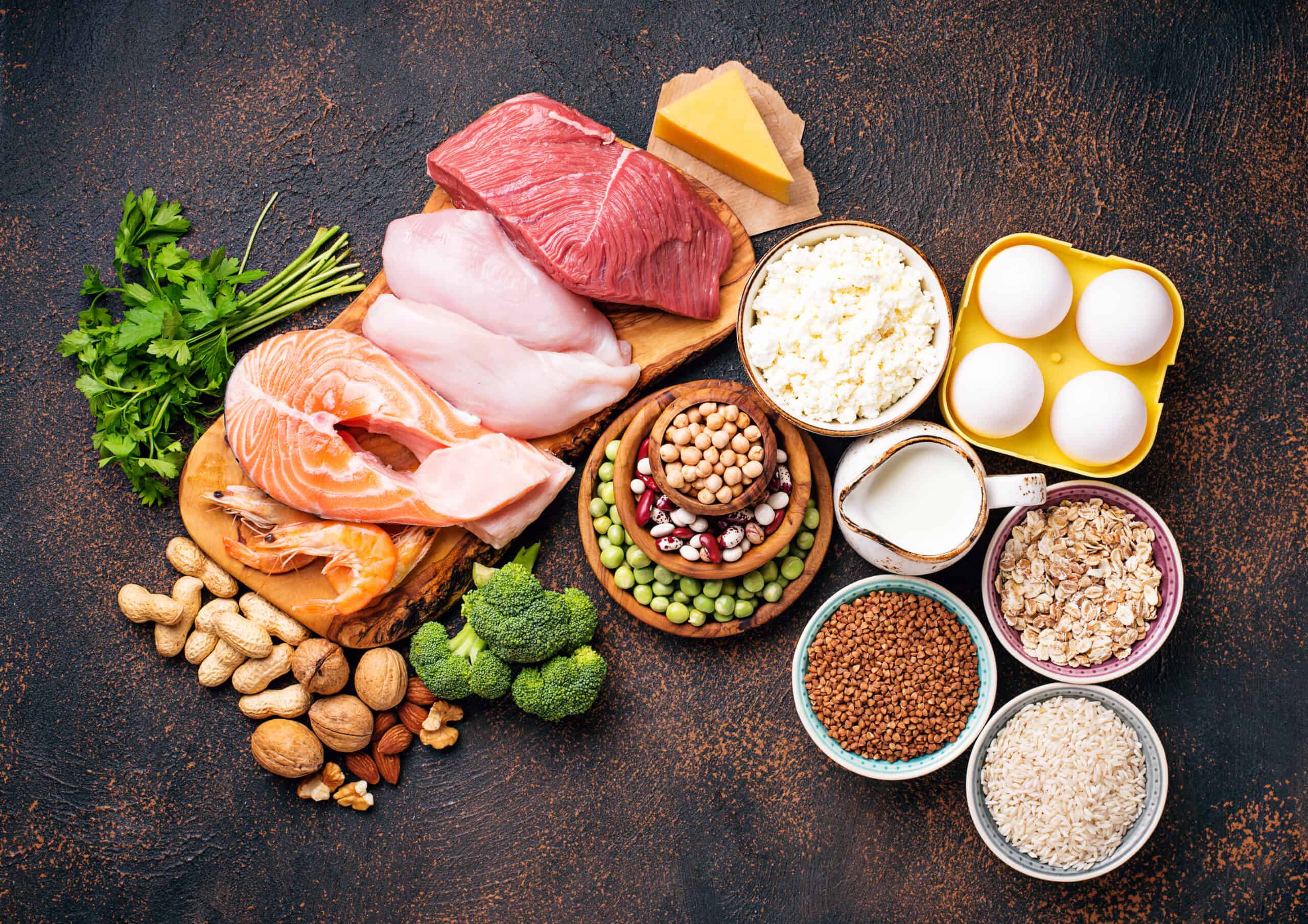
Protein stands as a cornerstone macronutrient, lauded for its indispensable role in muscle building, repair, maintenance, and overall growth. It’s often spotlighted in fitness and nutrition discussions, earning its reputation as one of the very ‘building blocks of life.’ Beyond just muscle, protein is vital for robust immune system function, strong bones, and even maintaining healthy testosterone levels. However, this macronutrient’s immense popularity has regrettably also fueled a torrent of misconceptions, creating a confusing landscape of contradictory advice.
Navigating the vast sea of information about protein can feel overwhelming, with social media, anecdotal evidence, and even product marketing often muddying the waters. Many common beliefs about protein, from how much we need to when we should consume it, are simply not supported by scientific evidence. This leads to inefficient strategies, wasted effort, and potentially even adverse health outcomes for those striving to optimize their diet for fitness and well-being.
To cut through the noise and equip you with truly practical, expert-backed insights, we’re diving deep into 14 prevalent protein myths. Drawing directly from scientific research and the insights of leading experts, this article aims to set the record straight. Our goal is to empower you with the accurate knowledge you need to make informed decisions about your protein intake, ensuring you get the most out of this crucial nutrient without falling prey to common pitfalls.
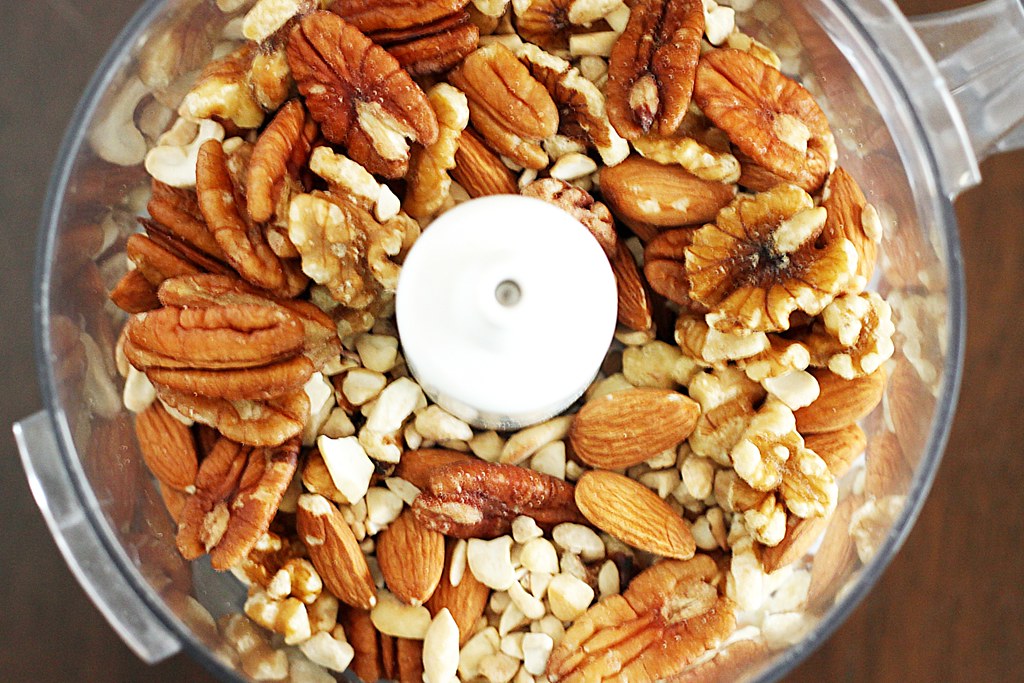
1. Myth: Most people are getting too little protein
It’s a pervasive belief, often echoed in health circles and on social media, that the average person isn’t consuming enough protein. This leads many to believe they need to actively seek out extra protein sources beyond their regular diet. However, this widely held notion is largely a myth, especially in countries like the U.S. where protein deficiency is actually quite rare among the general adult population.
Christopher Gardner, a professor of medicine at the Stanford University School of Medicine, highlights a key misunderstanding about the Recommended Dietary Allowance (RDA) for protein. He explains that the RDA, set at 0.8 grams per kilogram of body weight, is deliberately set considerably above what the average person needs. This ensures a substantial safety buffer, meaning “97.5 percent of the population meets or exceeds their requirement if they get the RDA.” Aiming beyond this already generous allowance is, as Gardner puts it, “adding a safety buffer on top of a safety buffer.”
Indeed, true protein deficiency is almost unheard of in America, unlike the widespread issue of insufficient fiber intake. Data shows that only a small percentage of adults, primarily those aged 71 or older (an estimated 19% of females and 13% of males), consume less than the RDA. Even in this demographic, the shortfall is often linked to decreased appetite, not a specific protein-focused deficiency. Bettina Mittendorfer, senior associate dean for research at the University of Missouri School of Medicine, notes that the average adult typically gets a third more protein than the RDA, with a quarter consuming twice the RDA, often simply due to overeating generally, rather than following a high-protein diet.
Read more about: 14 Nutrition Myths That Are Totally Wrong (and What Science Says Instead)
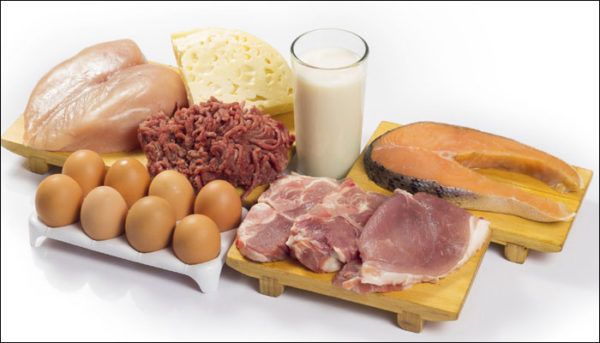
2. Myth: Your body can store extra protein for later use.
Many assume that protein, like fat or carbohydrates, can be stashed away by the body for future needs. We’re accustomed to the idea of fat being stored in an almost limitless inactive reservoir in our bellies and elsewhere, and carbohydrates as glycogen in the liver and muscles. However, protein operates under a different set of rules entirely. The notion that you can simply bank excess protein for a rainy day is a fundamental misunderstanding of human physiology.
As Christopher Gardner clearly states, “You can’t store protein for later.” When you consume protein beyond what your body immediately needs for muscle repair, synthesis, or other lean body tissues, there isn’t a dedicated storage facility for it. Instead, “If you eat extra protein today, by tomorrow, it gets turned into carbs or fat.” This transformation means that any surplus protein, far from being a readily available reserve, is simply converted into other macronutrients, potentially contributing to calorie surplus and fat storage if overall intake is too high.
While your muscles can act as a ‘protein bank,’ this only happens in a dire scenario: “If you were deficient in protein, you would steal it from your arm or leg muscles.” This isn’t a desirable process, as breaking down muscle comes at a cost, given that muscle is not merely an inert storage depot like belly fat. Mittendorfer succinctly debunks the storage myth by pointing out the obvious: “Otherwise we would bulk up just by eating it. And we don’t.” This underscores that protein’s role is dynamic and immediate, not one of long-term stockpiling.

3. Myth: More protein means more muscle.
The direct correlation between simply eating more protein and gaining more muscle is one of the most persistent myths in the fitness world. While protein is undeniably essential for muscle building, its effectiveness isn’t limitless. There’s a biological ceiling to how much protein your body can utilize for muscle protein synthesis at any given time, and simply consuming ever-increasing amounts will not magically lead to continuous gains.
Bettina Mittendorfer clarifies this crucial point: “You maximize muscle protein synthesis at about 25 to 30 grams of protein per meal.” Below this threshold, increasing protein intake can indeed boost muscle mass. However, once you’re consistently meeting these protein requirements, further increases in consumption are “unlikely to increase muscle mass or strength.” This suggests that beyond a certain point, the body’s capacity to convert dietary protein into new muscle tissue becomes saturated, rendering additional intake largely ineffective for this specific goal.
This principle was put to the test in the OPTIMen trial, which involved 48 men aged 65 or older. Participants were assigned either the RDA for protein or 60 percent more than the RDA. After six months, the results showed “no difference in either lean body mass or muscle strength or power” between the two groups. This study reinforces that merely upping protein intake, especially when already adequate, doesn’t automatically translate to superior muscle growth or strength gains. It strongly implies that the body has an optimal range for protein utilization, beyond which the benefits plateau.
Make no mistake, while protein is a necessary building block, the primary driver for muscle development remains consistent and challenging resistance exercise. Mittendorfer emphasizes, “The main effect on muscle comes from exercise training.” Gains in strength, which are vital for functional health and everyday activities like climbing stairs, tend to be more significant and appear sooner than increases in muscle size. Therefore, while ensuring adequate protein is important, it’s the stimulus of training that truly signals your muscles to grow and adapt.
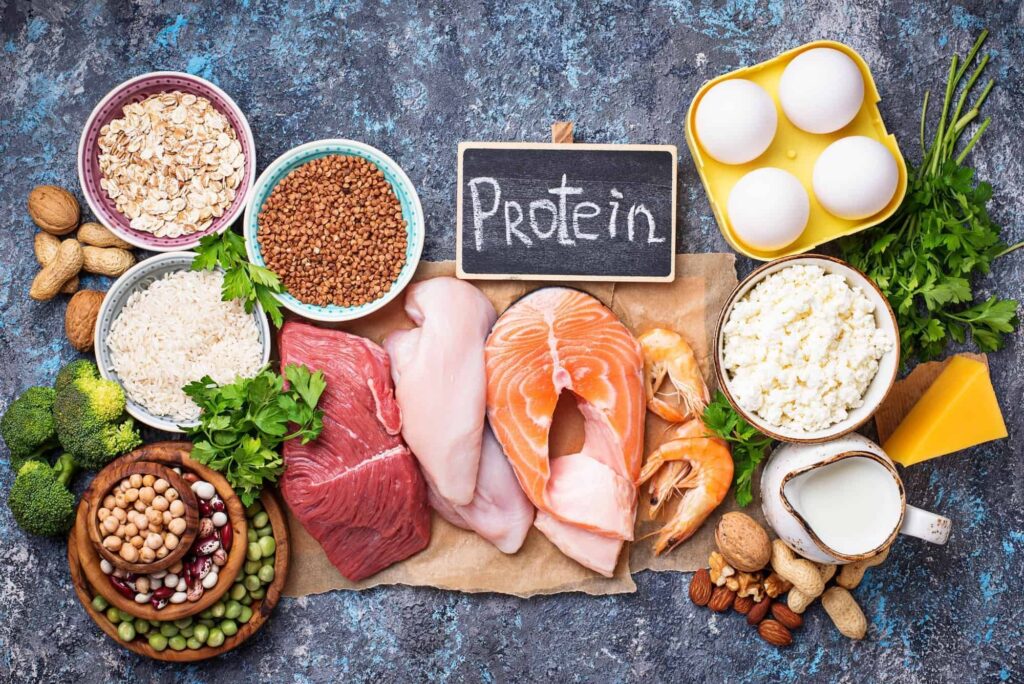
4. Myth: Animal protein inherently beats plant protein for muscle building
For years, a pervasive “bro-mentality” suggested that only animal proteins could adequately support muscle growth, implying that plant-based diets would leave individuals protein-deficient or unable to achieve significant muscle mass. This myth often hinged on the idea that plant proteins are “missing amino acids,” making them inferior to animal sources. However, modern science and expert consensus have largely debunked this misconception.
Christopher Gardner directly addresses this, stating, “That’s a myth. All plants have all nine essential amino acids.” While plant proteins may differ in their proportional amino acid profiles—for instance, grains are lower in lysine, and beans in methionine—these minor differences become irrelevant over the course of a day. Gardner explains, “If you weren’t paying attention, and you just ended up eating enough protein by the end of the day, you’d get enough of all the amino acids without even counting.” The body breaks down protein into amino acids and reassembles them, without “remember[ing] whether the amino acid came from broccoli or a pig.”
Recent research further supports the equivalence of plant and animal proteins when total intake is adequate. A study published in the journal Sports Medicine found that in healthy young males, a high-protein diet (1.6 grams per kilogram of body weight) composed exclusively of plant-based foods and soy protein isolate was just as effective at supporting increases in muscle strength and size from weight training as a protein-matched mixed diet including animal and plant foods with whey protein. Similarly, a 12-week trial reported no difference in muscle mass gains between omnivorous and vegan resistance-training groups with high protein intake.
While it might be numerically easier to hit protein targets with animal products (e.g., 3 ounces of salmon providing 18 grams of protein compared to 1.5 cups of black beans for the same), this doesn’t diminish the efficacy of plant-based protein. The key is to consume a variety of plant protein sources throughout the day to ensure a balanced profile of essential amino acids. Moreover, plant-based proteins come bundled with beneficial fiber and antioxidants, nutrients often lacking in animal-based sources, adding an extra health advantage. So, you can effectively build and maintain muscle on a plant-heavy diet; it simply requires a thoughtful approach to food choices.
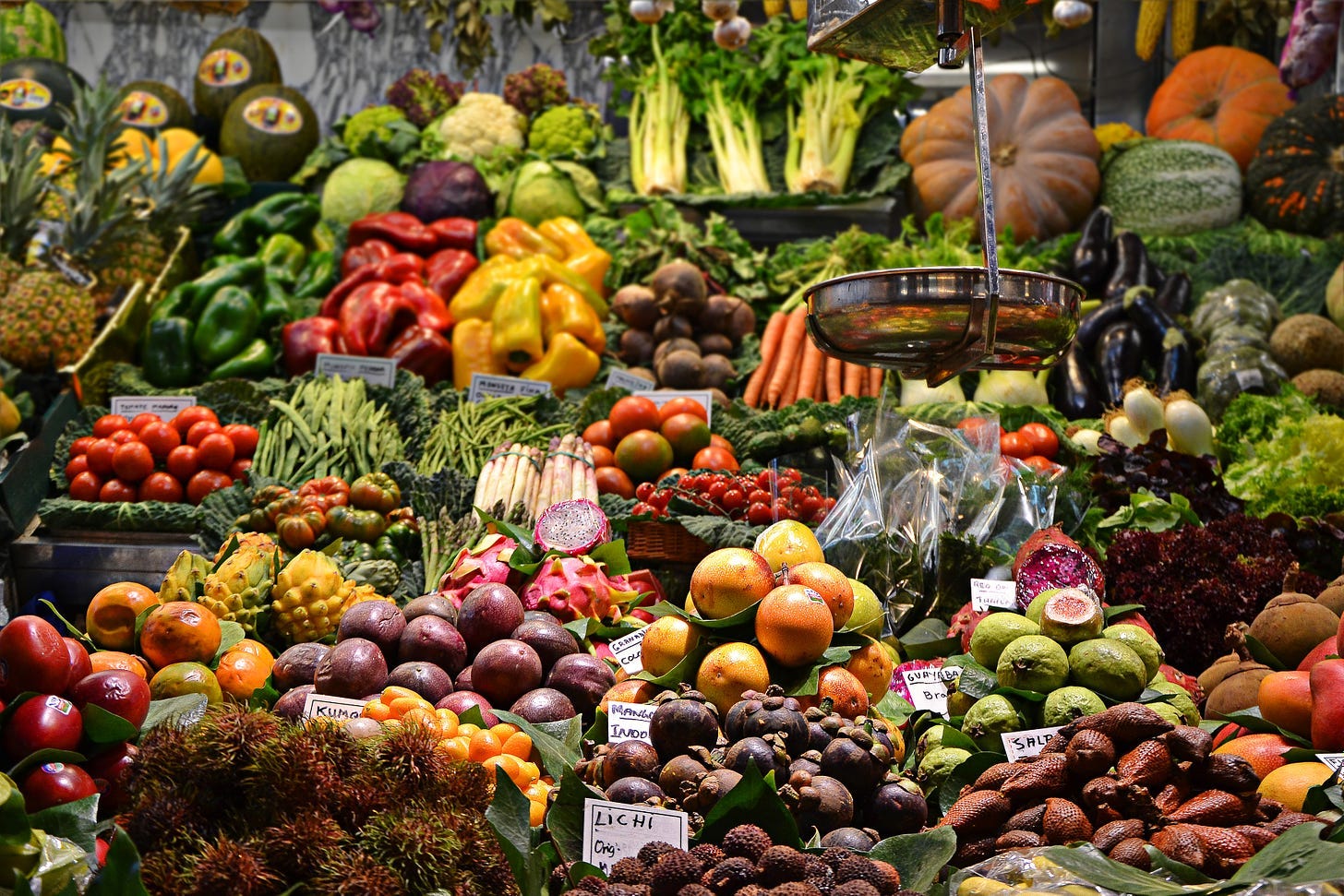
5. Myth: Eating extra protein automatically helps you eat less and lose weight.
The idea that loading up on protein is a foolproof strategy for curbing appetite and effortlessly shedding pounds is a popular one, often promoted in the context of various weight-loss diets. While protein does play a role in satiety, the notion that simply eating more of it guarantees reduced calorie intake and significant weight loss is largely overblown and not consistently supported by robust scientific evidence.
Christopher Gardner references a study by Barbara Rolls, professor of nutrition at Penn State University, which directly challenged this myth. In the study, participants consumed five versions of lunch and dinner entrées with varying protein percentages (10%, 15%, 20%, 25%, or 30% of calories), yet all looked identical due to finely chopped ingredients. The crucial finding: people “all ate the same number of calories per day.” This suggests that simply increasing the percentage of protein in meals did not automatically lead to reduced overall calorie consumption, directly contradicting the idea that more protein inherently makes foods more satiating to the point of significant calorie restriction.
Further reinforcing this, the POUNDS Lost trial, one of the largest and longest studies on diet and weight loss, assigned 811 individuals with excess weight to one of four diets, varying in protein, fat, or carb content, all cutting 750 calories daily. After two years, the average weight loss was nine pounds across the board, with “those assigned to the higher-protein diets (25 percent of calories) lost no more weight than those assigned to the lower-protein diets (15 percent of calories).” This extensive research indicates that while specific dietary approaches might offer initial enthusiasm, long-term adherence and overall calorie deficit are more critical than macronutrient ratios, as most individuals naturally gravitate towards about 20% of calories from protein over time.
Crucially, it’s vital to remember that regardless of the macronutrient source, “Whether they come from beef or brownies, any extra calories beyond what your body requires for metabolic processes can get stored as body fat.” Overconsuming protein, especially through protein-fortified junk foods or large portions of calorie-dense protein sources, will still lead to weight gain if it results in a caloric surplus. As Mittendorfer noted in one study, the low-protein group actually gained *less* weight, but this was due to muscle loss, not effective fat loss. So, while protein is important, it is not a magic bullet for weight loss; overall calorie balance remains the primary determinant.
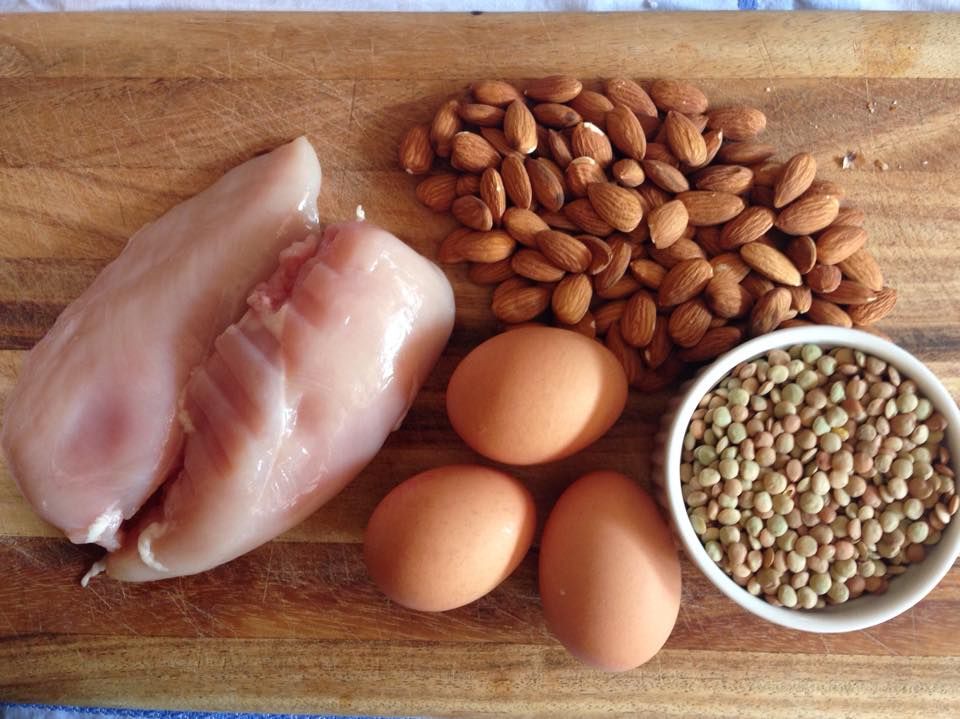
6. **Myth: High-protein diets are universally safe for everyone, including those with pre-existing health conditions.**
High-protein diets have gained significant traction, particularly for their potential in short-term weight loss due to increased satiety. While it’s generally stated that “Diets high in protein aren’t known to cause medical problems in healthy people,” it’s a critical oversimplification to assume their universal safety. The reality is far more nuanced, especially concerning long-term adherence and individuals with underlying health issues.
The context explicitly states that “if you follow a high-protein diet for a long time, there are some health issues that may come up.” Furthermore, researchers are “still studying the long-term risks of high-protein diets that limit carbohydrates.” Very restrictive versions, such as the carnivore diet which severely limits carbs, can lead to nutrient and fiber deficiencies. This deficiency can manifest in unpleasant symptoms like “bad breath, headache and constipation.” Moreover, relying heavily on red meats and processed meats within a high-protein diet can escalate the risk of heart disease by increasing ‘bad’ low-density lipoprotein (LDL) cholesterol levels.
Perhaps the most significant caution relates to kidney health. The context directly warns, “A high-protein diet may worsen how well a kidney works in people with kidney disease.” This occurs because the body may struggle to eliminate the waste products generated from protein breakdown, putting undue strain on already compromised kidneys. Mitchell Hooper, a strongman champion, also referenced a study confirming that while “consuming excess protein poses no risk to those with healthy kidneys,” individuals with pre-existing health conditions, particularly kidney issues, must “monitor their protein intake carefully.”
Therefore, before embarking on any high-protein diet, particularly for weight loss, it is paramount to consult with a healthcare provider. This is “very important to do if you have kidney disease, diabetes or other long-lasting health conditions.” When choosing protein sources, emphasize nutrient-rich options like soy protein, beans, nuts, seeds, fish, lean chicken without skin, lean beef and pork, low-fat dairy products, and egg whites, while staying away from processed meats to mitigate potential risks.

7. **Myth: Any amount of extra protein will boost muscle in older adults as effectively as in younger adults.**
There’s a common assumption that if protein boosts muscle growth in younger individuals, the same effect will universally apply to older adults. While protein remains crucial for muscle maintenance and reducing sarcopenia (age-related muscle loss) in older populations, the effectiveness of simply consuming *extra* protein for muscle gain diminishes with age. The physiological response to protein changes as we get older, a factor often overlooked.
Bettina Mittendorfer highlights this age-dependent difference: “For any amount of protein that older adults eat, they get less of a gain in muscle mass” compared to younger adults consuming the same amount. This reduced anabolic response is believed to contribute significantly to the natural decline in muscle mass that occurs with aging. While “extra protein plus strength training may boost muscle in adults aged 18 to 45,” this benefit is explicitly stated as “not in older people.” The reason? “Younger people haven’t reached their growth potential,” meaning their bodies are more primed for growth in response to additional protein and training stimulus.
This doesn’t negate the importance of protein for older adults; rather, it reframes its role. For this demographic, adequate protein intake, combined with consistent resistance training, is vital for *maintaining* existing muscle mass and functional strength, which is critical for healthspan—the period of life spent in good health. A study involving 184 healthy individuals over 65 illustrated this vividly: only the exercise groups, particularly those doing heavy resistance training, showed improvements in knee strength and larger thigh muscles, regardless of whether they took protein supplements. The takeaway is clear: “The main effect on muscle comes from exercise training,” especially for older adults, with strength being a more immediate and impactful outcome than muscle size for daily function.
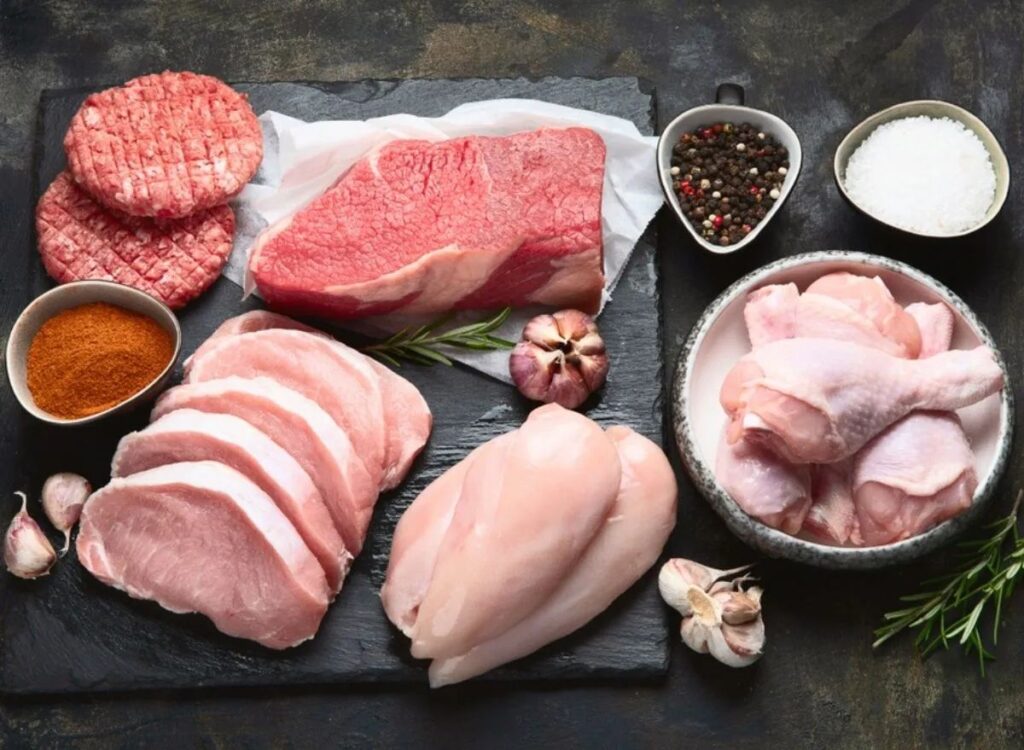
8. Myth: You Need to Pound Protein ASAP after a Workout
For years, the fitness world has preached the gospel of the “anabolic window,” a supposedly narrow timeframe immediately following your workout when you *absolutely must* consume protein to maximize muscle recovery and growth. This idea has driven countless gym-goers to chug protein shakes the moment their last rep is finished, often creating unnecessary stress and rigid eating schedules. The pressure to hit this supposed “window” has been a significant source of anxiety for many striving to optimize their gains.
However, scientific research has increasingly challenged the urgency of this post-workout ritual. Mitchell Hooper, a champion strongman, points out that the concept of an “anabolic window” remains inconclusive in studies. A meta-analysis examining five studies found mixed results, with some suggesting a benefit to immediate timing and others finding no significant impact. Critically, many of these studies didn’t specifically focus on resistance-trained individuals, making the broader conclusions about optimal timing less definitive for serious lifters.
Indeed, the research highlights that the anabolic window remains open for at least 24 hours post-workout, regardless of when protein is consumed. This means that while your body is certainly primed to utilize amino acids after exercise, you don’t need to scramble for a shake the second you drop the weights. Hooper himself concludes that the timing of protein consumption should ultimately align with what’s convenient for an individual’s lifestyle. The real key isn’t a frantic sprint to consume protein, but rather ensuring you meet your overall daily protein targets, consistently spread throughout the day. So, take that shower, relax, and eat your protein-rich meal when it genuinely fits your schedule.
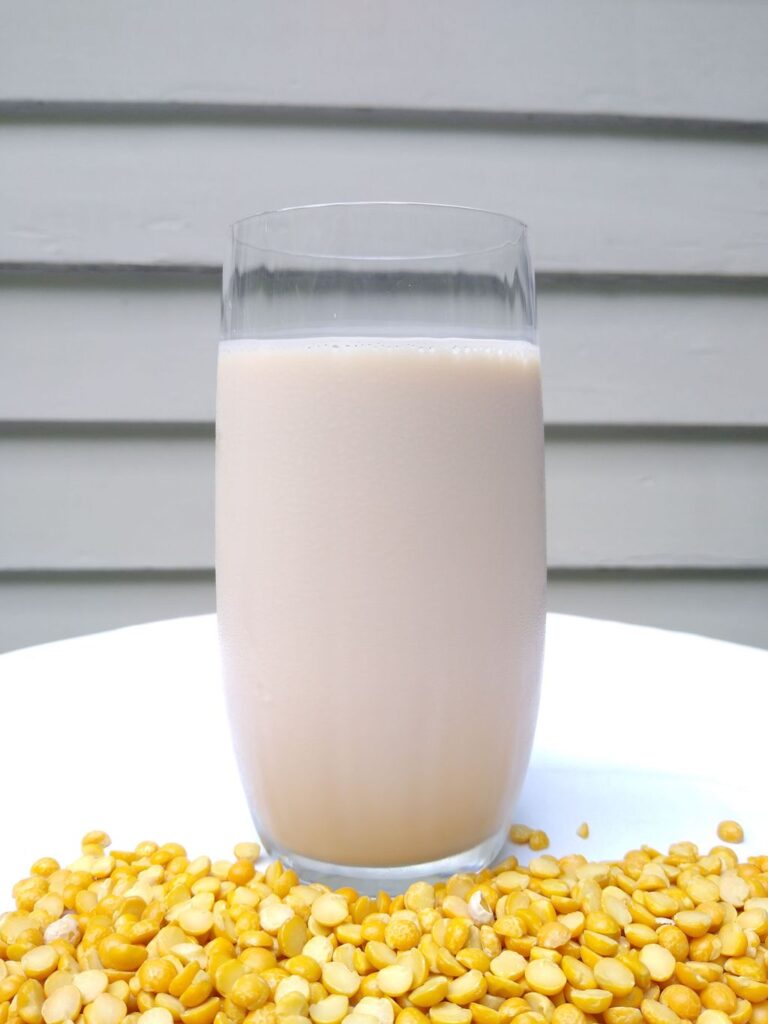
9. Myth: Protein Powder is Always Superior to Real Food
Walk into any gym, and you’ll likely see shakers full of protein powder, leading many to believe that these supplements are inherently superior, or at least equally effective, to whole food sources for muscle building. This misconception often promotes the idea that powder is a shortcut to hitting protein goals, potentially overlooking the broader nutritional benefits that come with real, unprocessed foods. While convenient, the belief in powder’s supremacy can lead to an over-reliance on supplements rather than a balanced diet.
Mitchell Hooper, drawing on research, debunks this notion by emphasizing the importance of prioritizing whole foods. He references a study published in the Journal of Strength and Conditioning Research, which revealed that consuming real food and protein powder after a workout yields strikingly similar effects on muscle performance and body composition. There were no significant differences in strength gains reported between those who relied on whole foods versus those who opted for supplements, indicating that both can be effective vehicles for delivering protein to your muscles.
The critical distinction lies in what else whole foods bring to the table. Hooper wisely points out that relying solely on protein powder or exclusively on real food can lead to micronutrient deficiencies. Whole foods like lean meats, fish, legumes, and dairy don’t just provide protein; they come bundled with essential vitamins, minerals, fiber, and other bioactive compounds that are crucial for overall health and optimal bodily function. Therefore, Hooper recommended nutrient-rich whole foods supplemented with a protein shake to boost protein intake, rather than viewing powders as a superior replacement for actual meals.

10. Myth: Your Body Can Absorb Unlimited Protein in One Sitting
It’s a common belief that the more protein you consume in a single meal, the more muscle your body will build. This often leads to individuals consuming massive portions of protein at once, thinking they are maximizing their anabolic potential. The idea that sheer quantity in one sitting directly translates to greater muscle growth, without any physiological limits, is a prevalent myth that can lead to inefficient nutrient use and wasted effort.
However, your body has a saturation point for how much protein it can effectively utilize for muscle protein synthesis in a single meal. Bettina Mittendorfer, as cited earlier in the article, noted that “You maximize muscle protein synthesis at about 25 to 30 grams of protein per meal.” Building on this, Mitchell Hooper referenced a study published in the Journal of the International Society of Sports Nutrition which recommends consuming 0.4 grams of protein per kilogram of body weight per meal to maximize muscle-building potential. This recommendation provides a practical guideline, indicating that there’s a ceiling to single-meal protein benefits.
Exceeding this optimal range doesn’t necessarily mean your body can’t process the protein, but rather that it becomes less efficient for muscle building. If you consume protein beyond what your body can immediately use for muscle repair and synthesis, the excess is unlikely to contribute to further muscle gain. Instead, as Christopher Gardner explains, if you eat extra protein today, “by tomorrow, it gets turned into carbs or fat.” This means that consuming more than what your body can efficiently digest may lead to excess conversion into other macronutrients, an inefficient and unnecessary process. To effectively meet a daily protein target, such as 1.6 grams per kilogram of body weight, it’s more beneficial to spread consumption across at least four meals, ensuring a consistent supply of amino acids throughout the day rather than overwhelming your system in one go.

11. Myth: Protein Sends Your Metabolism Soaring for Significant Weight Loss
Many people equate a high-protein diet with a supercharged metabolism, believing that by dramatically increasing protein intake, they can effortlessly burn more calories and shed pounds. This myth is often fueled by the fact that protein has a higher thermic effect of food (TEF) compared to carbohydrates and fats. While technically true that protein requires more energy to digest, the impact on overall metabolism and significant weight loss is often overstated and misunderstood.
The thermic effect of food (TEF) represents the energy (the calories) you need to spend to digest, process, and metabolize what you eat. Different macronutrients have different TEF values. Compared to the 0% to 3% for fat and 5% to 10% for carbs, the TEF for protein is a lofty 20% to 30%. This scientific fact is often seized upon to promote the idea of a “metabolic boost.” However, the provided context clarifies that evidence hasn’t shown that upping your protein intake results in enough of an increase in TEF to bring on *significant* weight loss. For instance, if you were to double your protein intake from 15% to 30% of total calories, your daily TEF may only increase by up to 5%. For someone consuming 2,000 calories, this translates to only an additional 100 calories burned—a modest amount that can be easily negated by a couple of extra handfuls of a high-calorie snack.
Therefore, while protein’s TEF contributes to energy expenditure, it’s not the metabolic game-changer many hope for when it comes to substantial weight loss. Its more significant indirect contribution to weight management lies in its ability to increase satiety. Protein is recognized as the most satiating macronutrient, which is a function of its higher TEF and its impact on satiety hormones. Amino acids may also directly impact the brain to promote satiation. A study in the American Journal of Clinical Nutrition found that individuals who consumed higher protein intakes had significantly greater satiety and less hunger in comparison to those who consumed around 14%. This is important because the more quickly you feel full, the less likely you are to overindulge and consume more calories than necessary. So, while protein isn’t a direct metabolism booster for rapid fat loss, its role in appetite control is a practical advantage for those looking to manage their weight.
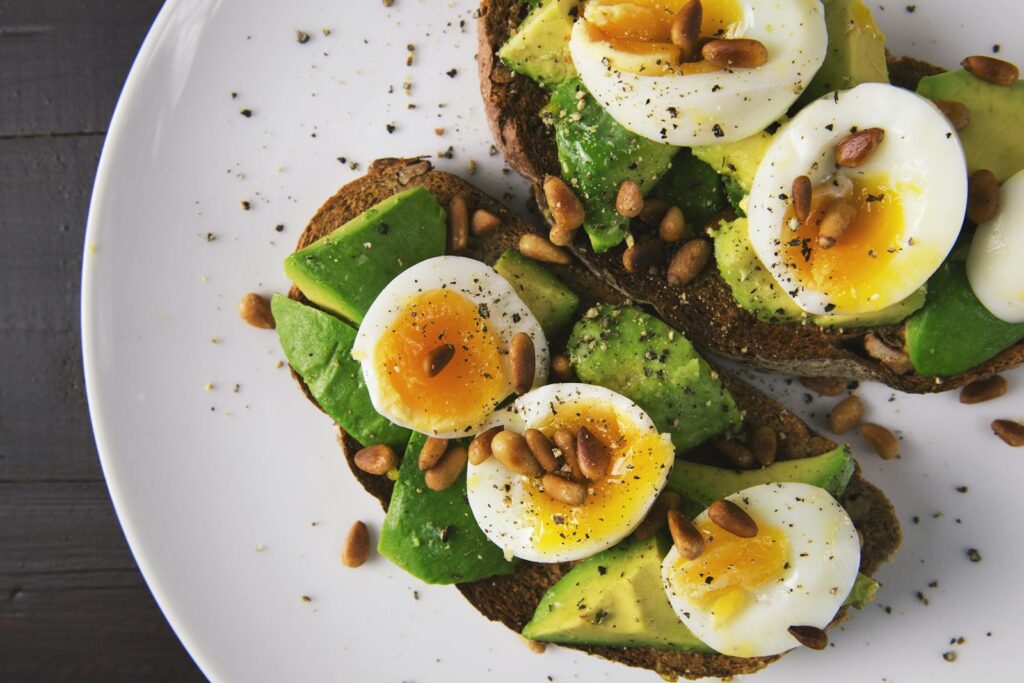
12. Myth: Women Need Special Protein Supplements for Muscle Growth
The fitness market is rife with products specifically branded for women, including protein supplements, often implying that women have unique protein needs or that gender-specific formulations are necessary for their muscle development. This perpetuates a myth that women require different types of protein than men, or that “regular” protein is somehow less effective for them. This can lead to confusion and unnecessary expenses on specialized products.
Mitchell Hooper directly tackles this misconception, explicitly debunking the myth of women-specific protein supplements. He states unequivocally that “they offer no unique benefits.” Physiologically, the fundamental requirements for muscle protein synthesis—the process of repairing and building muscle tissue—are the same for both men and women. Both genders need a consistent supply of essential amino acids, which are the building blocks of protein, to support muscle recovery and growth in response to exercise.
Instead of seeking out gender-specific products, Hooper advises women to opt for a high-quality, general protein product like whey isolate. Whey isolate is favored for its low-calorie profile combined with a high protein concentration, making it an efficient way to boost protein intake without adding excessive calories. It effectively supports lean muscle mass and aids muscle retention, particularly when an individual is in a calorie deficit, which is often a goal for women seeking body composition changes. The key takeaway is simple: focus on the quality and quantity of protein, not on marketing distinctions based on gender.
Read more about: 14 Nutrition Myths That Are Totally Wrong (and What Science Says Instead)

13. Myth: Protein-Fortified Junk Food is a Healthy Choice
In an era where “protein” is a powerful marketing buzzword, food manufacturers are increasingly fortifying everything from cookies and brownies to waffles and pretzels with extra protein. This creates a seductive illusion that these traditionally unhealthy items are suddenly “health foods” or at least a “better” choice, simply because they boast a higher protein count. This deceptive allure leads many consumers to believe they are making a healthy decision, when in reality, they might be consuming a significant amount of added sugars, unhealthy fats, and sodium.
The context provides stark examples of this marketing ploy. Take the “Kodiak Chocolate Fudge Brownie Power Cup,” which, despite boasting “10g protein,” lists added sugar as its first ingredient, delivering half a day’s worth of sugar and 5 grams of saturated fat (a quarter of a day’s worth) from semi-sweet chocolate and palm oil. Similarly, “Lenny & Larry’s Everything Bagel Fitzels” use a dollop of pea protein to claim “20g of protein for muscles,” but require eating an entire (3-serving) bag, along with its 380 calories and 900 milligrams of sodium, to hit that target. Even “Eggo Buttermilk Vanilla Protein Waffles” are primarily made of white flour, sugar, and oil, with added soy protein isolate and whey protein concentrate presented as a “KICKSTART to your day.”
These examples vividly illustrate that a high protein label doesn’t magically transform junk food into a nutritious option. As the article reminds us, “Whether they come from beef or brownies, any extra calories beyond what your body requires for metabolic processes can get stored as body fat.” The overconsumption of protein, especially when it comes from calorie-dense, highly processed foods, will still contribute to weight gain if it leads to a caloric surplus. The savvy consumer understands that true health benefits come from whole, unprocessed, nutrient-dense protein sources, not from marketing gimmicks that dress up sugary snacks in protein packaging. Don’t fall for the “power” of marketing; scrutinize the ingredient list, not just the protein claim.
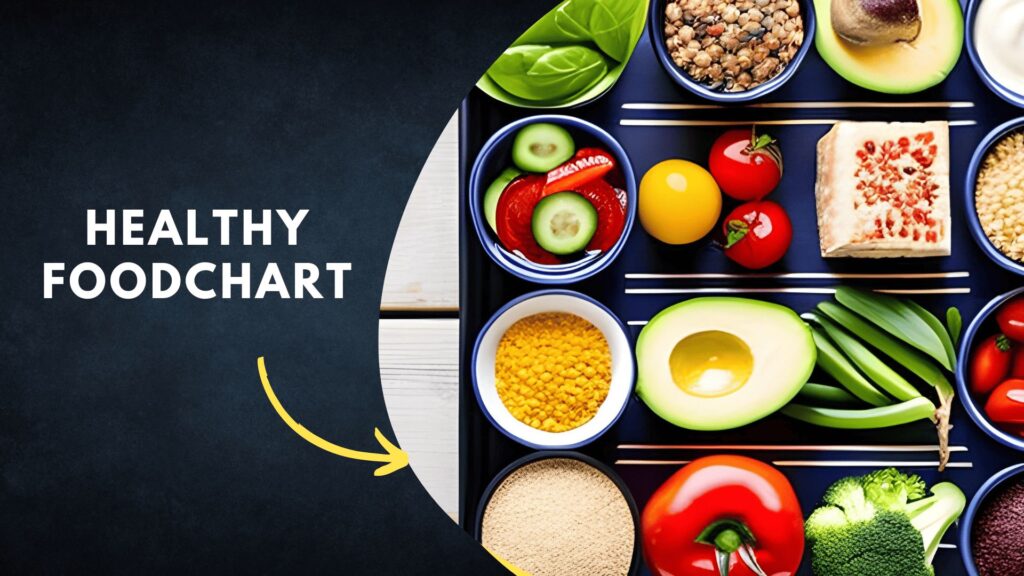
14. Myth: Prioritizing Protein Means Other Nutrients Are Less Important
With so much emphasis on protein for muscle building and satiety, a pervasive myth can take root: that as long as you hit your protein targets, other nutrients like vitamins, minerals, fiber, and antioxidants become secondary. This mindset can lead to an unbalanced diet where vegetables, fruits, and whole grains are sidelined or even “wedged out” to make room for more protein-rich foods, particularly if those protein sources are highly caloric or processed.
The danger in this approach lies in neglecting the vast array of micronutrients and fiber that are crucial for overall health and optimal bodily function. The context explicitly warns against this, stating that “One of the main concerns with overeating protein is that it often means you’re wedging out other healthful items from your diet like vegetables, fruits, and whole grains to make room in your tummy for more of the macro.” When these nutrient-dense foods are reduced, you risk falling short on essential vitamins, minerals, and antioxidants, which are necessary for everything from immune system function to cellular repair and energy production.
Furthermore, a diet focused excessively on protein, especially from animal sources, without adequate plant-based foods, can lead to other health issues. For instance, if you get a big chunk of this extra protein from meats and dairy, it’s easy to go overboard in saturated fat, which could raise your risk for early death from conditions like heart disease and cancer. Plant-based proteins, on the other hand, naturally come bundled with fiber and antioxidants, offering a double benefit that animal-based sources often lack. The true path to peak health and fitness involves a holistic approach, where protein is a crucial component within a diverse diet rich in all macronutrients and micronutrients, ensuring your body gets everything it needs to thrive.
Read more about: 14 Nutrition Myths That Are Totally Wrong (and What Science Says Instead)
Navigating the landscape of nutrition can feel like a minefield, especially when it comes to a celebrated macronutrient like protein. From the “anabolic window” to the purported magic of protein powders and the deceptive appeal of fortified junk foods, myths abound, often leading to confusion and suboptimal choices. By cutting through the noise with expert-backed insights, we hope to have empowered you with the clarity needed to make informed decisions. Remember, protein is undoubtedly a cornerstone of health and muscle building, but its true power is harnessed not through fads or overconsumption of isolated nutrients, but through a balanced, well-rounded approach that respects your body’s physiology and embraces nutrient diversity. Stay informed, stay smart, and build your strength—and your diet—on facts, not fiction.


